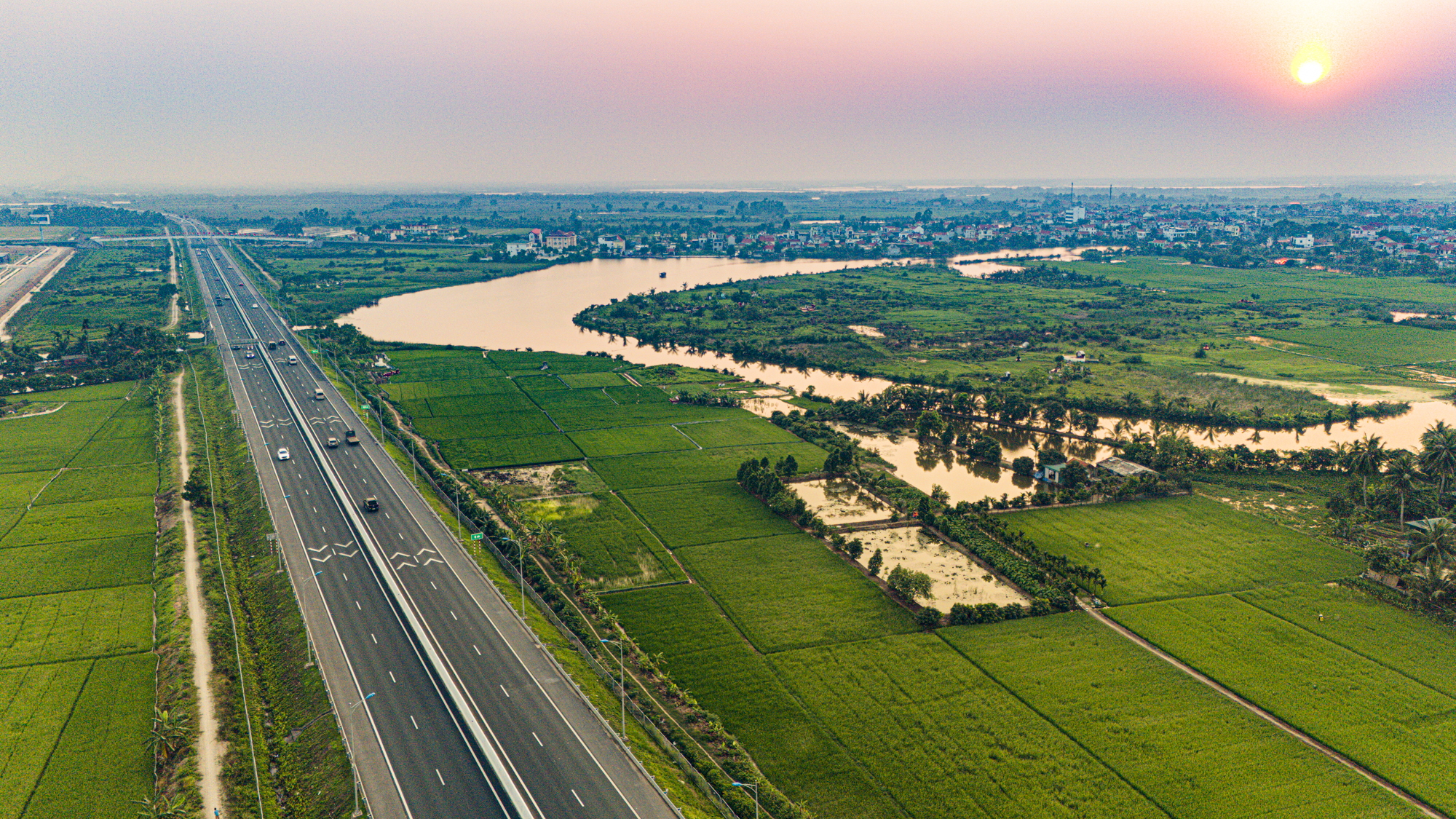
The Haiphong – Halong expressway project commenced in 2014 and opened to traffic in 2018. This was the first expressway project in which the government allowed local authorities to self-fund via the state budget and the public-private partnership (PPP) model.

The Haiphong – Halong expressway has a length of 24.6 km, with a total investment capital of up to VND13,700 billion. At the time of writing, this is the most expensive expressway in Vietnam, costing nearly VND557 billion for each kilometer. This figure is 4.5 times higher than the Noi Bai – Lao Cai Expressway (VND123 billion/km), more than 3 times higher than the Cau Gie – Ninh Binh Expressway (VND159 billion/km), and higher than the Ben Luc – Long Thanh Expressway (VND510 billion/km).

The Haiphong – Halong Expressway was divided into two component projects, including: More than VND6,400 billion (local budget) used to build the expressway from Halong to Bach Dang Bridge, with a length of 19.3 km.

The remaining VND7,300 billion (BOT) was invested in the construction of Bach Dang Bridge, access roads, and a final junction, with a length of 5.4 km. Therefore, after adding Bach Dang Bridge, the total investment capital for the Haiphong – Halong Expressway increased significantly. The image shows the final junction.

Bach Dang Bridge and its access roads, built in Quang Ninh Province and Haiphong City, are 5.4 km in length, with a 25 m wide bridge deck, a design of four lanes, and a maximum speed of 100 km/h.

The main Bach Dang Bridge itself is over 3 km long, with a reinforced concrete and prestressed reinforced concrete structure. The navigation clearance is 250 m wide and 48.4 m high, capable of withstanding a level 8 earthquake.

The bridge has three pylons, with the central pylon being 99.74 m high and the two side pylons being 94.5 m high, with four cable-stayed spans. The installation of the cables alone weighed over 800 tons, consisting of over 144 cable bundles ranging in size from 31 to 85 strands (cable yarn).

At the time of its completion, Bach Dang Bridge was one of the largest cable-stayed bridges in the country and ranked third among the seven cable-stayed bridges with the most spans in the world.

Bach Dang Bridge is also one of the most technically complex cable-stayed bridges, with four continuous cable-stayed spans, but due to the height limitations of the pylons, the cable inclination angle is very small, requiring more complex construction techniques than other cable-stayed bridges.

The completion of the Haiphong – Halong Expressway has reduced the travel distance between the two city centers from 70 km to 55 km. Travel time has also been reduced from one and a half hours to just one hour.

After six years of operation, the Haiphong – Halong Expressway has contributed to the completion of the connecting route for the northern economic dynamic region (Hanoi – Haiphong – Quang Ninh), helping to shorten the travel time from Halong to Hanoi to just over 2 hours. At the same time, it has also helped to reduce the traffic volume on National Highways 10 and 18A.












